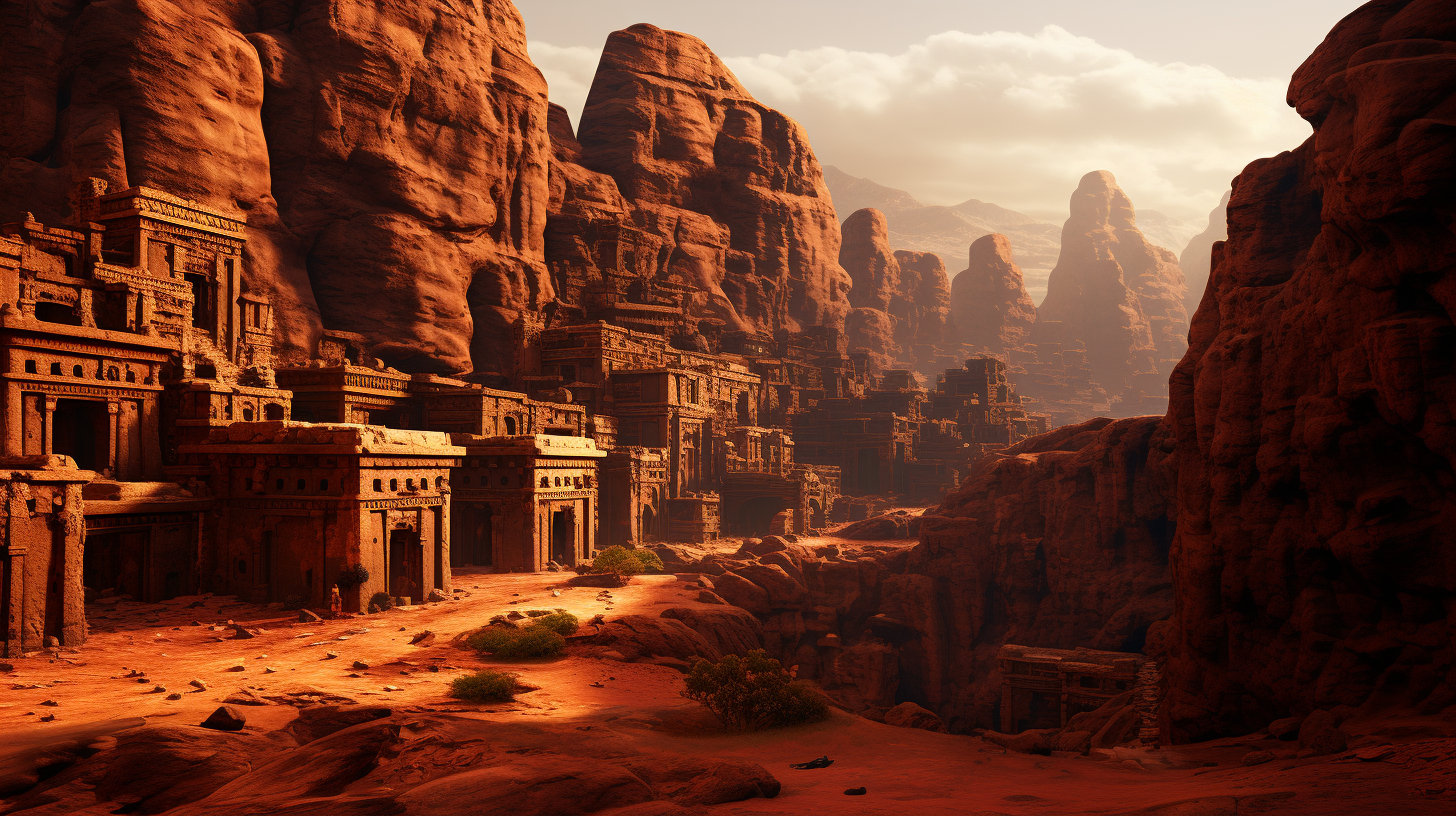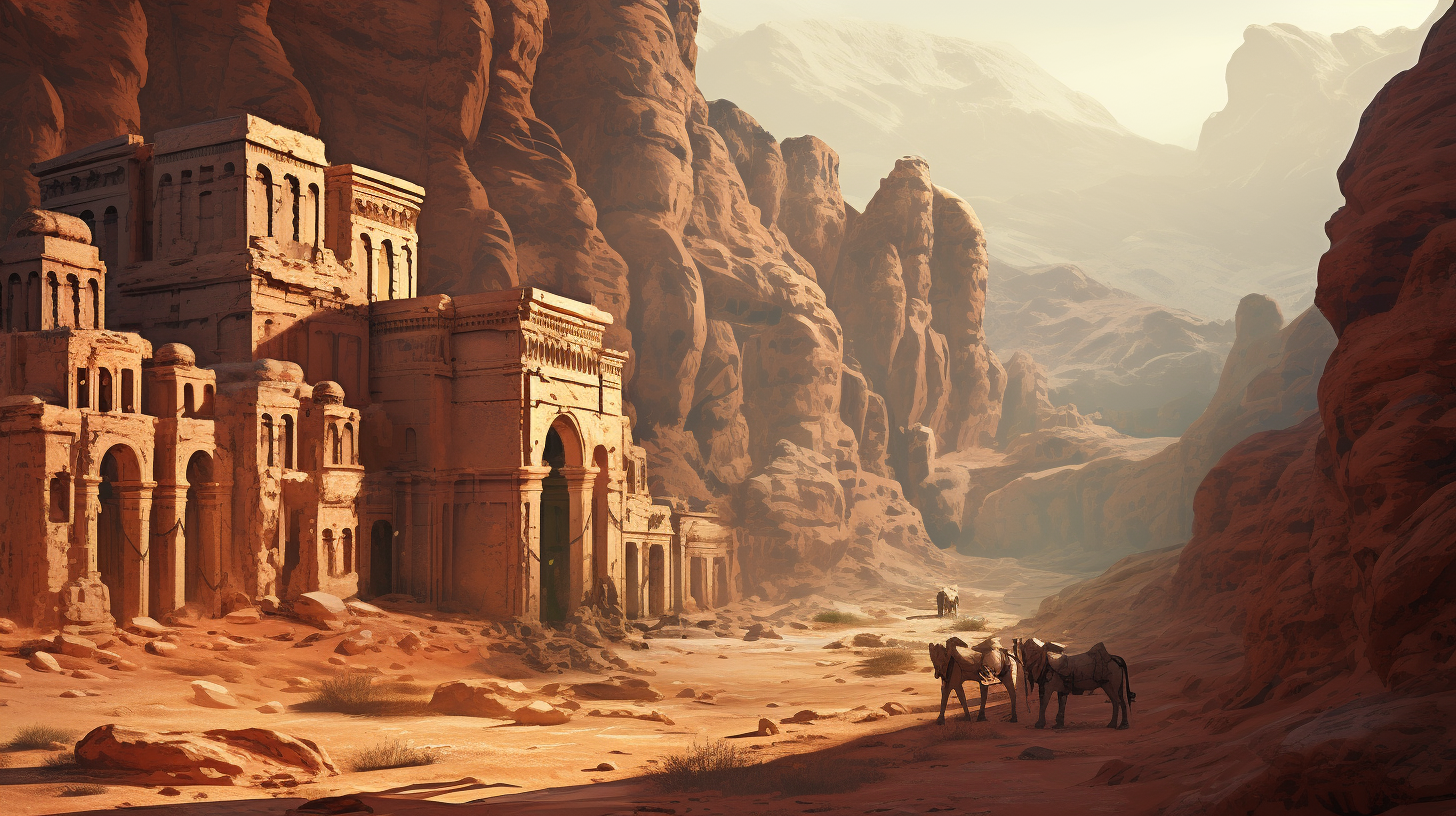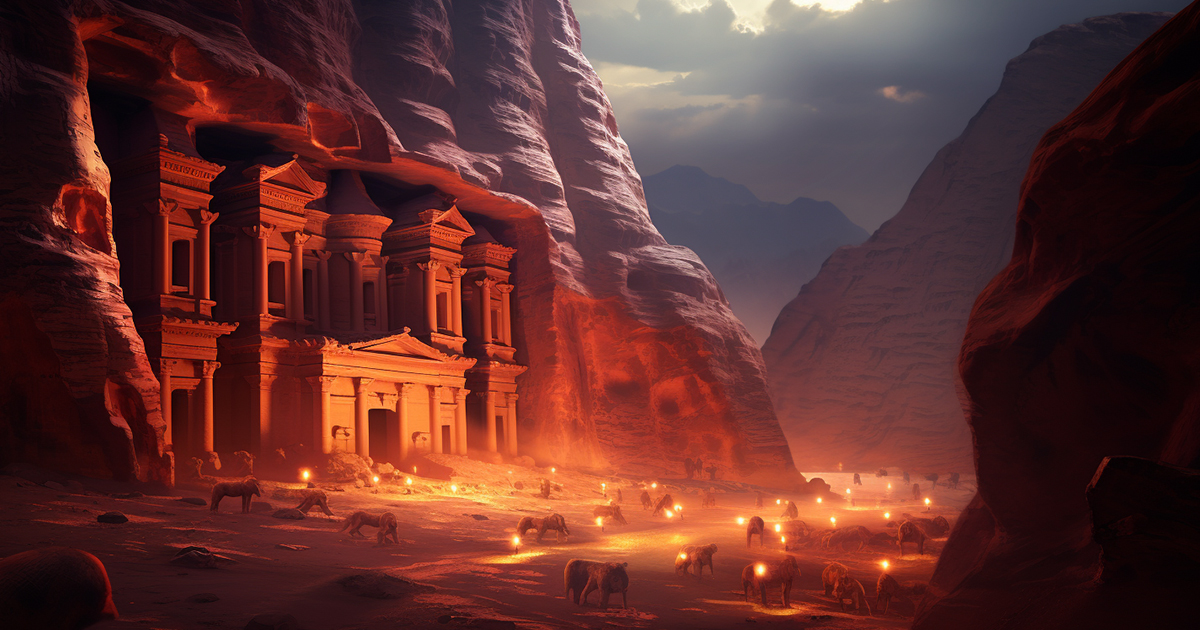In the year 1812, Johann Ludwig Borchard, a bold explorer and cartographer from Switzerland, set off on a daring expedition through the heart of the Middle East. His mission was clear: to unveil a forgotten secret nestled within the arid deserts of Jordan—an ancient city known as Petra. This remarkable quest led to the resurgence of a once-thriving civilization, etching a significant chapter in the annals of history.
Unraveling the mysterious veil enshrouding Petra proved to be a formidable challenge. The city had remained a well-kept secret for centuries, its precise location safeguarded by the local inhabitants. To crack this age-old enigma, Borchard underwent a meticulous transformation.
Months were spent immersing himself in the intricacies of the local Arabic dialect, alongside crafting a detailed Bedouin disguise to seamlessly blend into the cultural fabric. His clandestine endeavors propelled him through a region fraught with turmoil and mistrust towards those hailing from Europe.
Following a grueling journey fraught with cryptic clues and tireless expeditions, Borchard’s perseverance bore fruit. Venturing through a narrow, dimly lit canyon in the desert, he bore witness to the majestic ruins of Petra unfolding before his eyes.
The sprawling ancient city, intricately carved into the rock face, exceeded all expectations. In the year 1812, Johann Ludwig Borchard etched his name in history as the first European in over five centuries to gaze upon Petra, captivating the world with his vivid account.

Once a vibrant hub bustling with 30,000 to 50,000 residents, Petra thrived between 500 BC and 500 AD. It embodied the essence of a bustling metropolis—a central district, a vibrant main thoroughfare, and an array of architectural wonders.
The Nabateans, the masterminds behind Petra’s creation, melded influences from Greek Hellenic and Graeco-Roman civilizations with elements from Syria and present-day Iraq, birthing the breathtaking carved structures that define the cityscape.
Boasting over 800 meticulously sculpted edifices, Petra has left an indelible mark on history. In 2007, Petra was acclaimed as one of the New Seven Wonders of the World, firmly establishing its position as a global treasure.
Despite its acclaim, the mysteries shrouding Petra’s decline have puzzled historians for eons. While prior hypotheses pointed towards shifting trade routes, recent investigations led by archaeologist Thomas Paradise have shed new light on the matter.
Through leveraging modern archaeological techniques like GIS and laser technology, experts have pieced together the tapestry of Petra’s past.

In a startling revelation, evidence suggests that a catastrophic flood ravaged Petra in the 5th century, decimating the downtown region for an extended period.
Despite post-calamity reconstruction efforts, this event marked the onset of Petra’s gradual descent from its pinnacle days.
Beyond its historical significance, Petra holds a spiritual tie to biblical narratives. Crowning Petra is the peak known as Jebel Haroon, translating to Aaron’s Mountain. Legend has it that this is where Aaron, the sibling of Moses, finds eternal rest. Pilgrims spanning millennia have journeyed to this revered site, upholding a tradition that transcends time.
Video:
Oftentimes referred to as the “forgotten stone city,” Petra remains an enigmatic enigma. Its narrative, slowly vanishing from historical records, continues to stir intrigue. As we delve further into the depths of Petra in the forthcoming years, the pursuit to unveil its mysteries pledges to be even more extraordinary than the revelations already brought to light.
